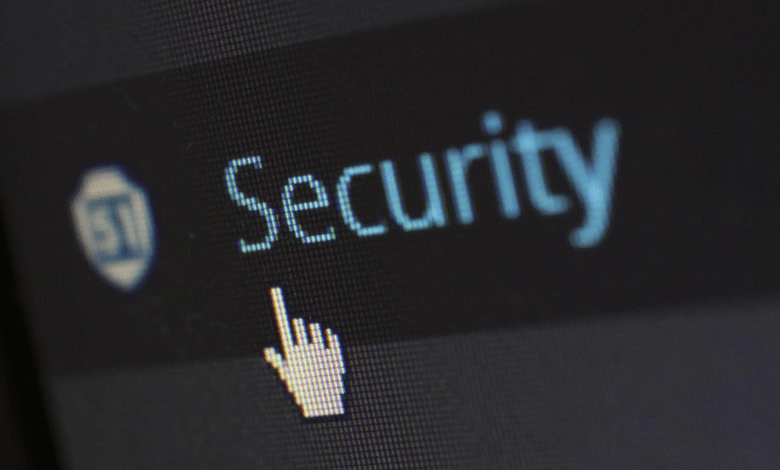What Every Company Should Know About Identity Protection

Have you ever wondered how much of your company’s security depends on one forgotten password? It sounds dramatic, but that’s often the reality. One compromised login can lead to an entire data breach, costing millions and damaging trust overnight. Headlines about major hacks are no longer rare—they’re routine. And in a world where everything from payroll to email depends on the cloud, identity protection is no longer just an IT concern. It’s a business survival issue.
This shift has changed how companies think about security. Firewalls and antivirus software are no longer enough. The real question is: who can access what, and how quickly can you take back control when something goes wrong? In this blog, we will share why protecting digital identities matters, how companies are responding to rising threats, and what practical steps you can take to make your systems more resilient.
The Growing Stakes of Digital Identity
Digital identities are now the backbone of business operations. Every employee login, admin account, and automated process is tied to an identity system that verifies who can access what. In most companies using Microsoft’s cloud services, that identity system is Entra ID, previously known as Azure Active Directory. It manages users, groups, and permissions for everything from Microsoft 365 to third-party apps.
When attackers strike, their first goal is often to gain control of an identity within Entra ID. With the right access, they can reset passwords, bypass protections, and even lock legitimate users out. That’s why companies now focus not just on prevention but also on rapid restoration when an identity breach happens. This is where strategies like Entra ID disaster recovery become essential. They allow businesses to back up and restore user accounts, roles, and security policies so operations can resume quickly.
This matters because hybrid work has erased the boundaries between office networks and home devices. Employees log in from airports, coffee shops, and remote cabins. The flexibility is great for productivity but creates more entry points for attackers. Planning for fast identity recovery isn’t a luxury—it’s the only way to stay operational when something goes wrong.
Identity as the New Perimeter
Security experts often say the network perimeter is dead, and they’re right. With workloads in the cloud, identity has become the new security perimeter. Access management tools, conditional policies, and multi-factor authentication are now standard. But these systems must be monitored and updated regularly to stay effective.
This approach also helps mitigate insider threats, which are more common than many companies realize. A distracted employee might click a phishing link. A contractor might hold on to access after a project ends. Protecting identity means having systems in place to detect strange behavior and revoke access quickly.
Convenience matters too. Security that is too restrictive frustrates employees and encourages risky workarounds. The best identity strategies balance strong protection with seamless user experience, so security doesn’t feel like punishment.
Learning from Recent Breaches
Recent high-profile breaches have shown just how devastating identity failures can be. Attackers have exploited forgotten accounts, guessed weak passwords, and bypassed poorly configured security settings to gain control over entire environments.
The takeaway for businesses is clear: identity hygiene is as critical as patching software. Regularly audit which accounts have elevated privileges. Disable accounts for employees who leave. Monitor admin activity for unusual spikes. These simple actions can prevent small incidents from becoming major crises.
Practical Steps to Strengthen Protection
Strengthening identity security doesn’t have to be overwhelming. These steps are simple, affordable, and make a big impact:
- Turn on multi-factor authentication for everyone. Don’t limit it to IT staff. A second login step—like a text code or biometric scan—can block most credential-based attacks.
- Use password managers. They generate strong, unique passwords and stop employees from reusing the same password across multiple systems.
- Review access regularly. Do a quarterly audit of all accounts. Remove former employee and contractor logins, and tighten privileges for anyone who doesn’t need them.
- Adopt just-in-time access for admins. Give elevated permissions only when needed and automatically revoke them when the task is done. This reduces the chance of attackers exploiting dormant accounts.
- Monitor for suspicious activity. Watch for failed login attempts, unexpected sign-ins from other countries, or sudden permission changes. Set up alerts so your team can respond quickly.
- Back up identity data. Keep copies of user accounts, security groups, and policies. Quick restoration after tampering or deletion can prevent days of downtime.
The Human Element
Technology alone can’t keep a company safe. People play a huge role—sometimes as the weakest link, but also as the strongest line of defense when properly trained. Employees should learn to recognize phishing attempts, suspicious attachments, and fake login pages. Giving them an easy way to report suspicious emails or odd account behavior encourages them to act quickly instead of ignoring potential threats. Regular refresher sessions, rather than a one-time training, help keep security top of mind.
Creating a culture of security starts with leadership. When executives speak openly about cybersecurity, budget for regular training, and participate in the same protective measures as everyone else, employees notice. It signals that security is a shared responsibility, not just an IT department headache. Celebrating employees who catch phishing attempts or report issues quickly reinforces good habits and turns security awareness into something positive rather than a chore.
Clear policies also help employees do the right thing without second-guessing themselves. Companies should make password rules simple, clarify when to use personal devices for work, and explain what steps to take if they suspect their account is compromised. The goal is to make security easy to follow, not intimidating.
When people understand that they are part of the defense system, they’re far more likely to protect credentials and stay alert for suspicious behavior.
Why It All Matters
Identity protection isn’t just about avoiding bad press after a breach. It’s about keeping the company running and maintaining trust with customers and partners. In a world where one compromised account can shut down operations, identity security is the foundation of business resilience.
Companies that make identity protection a priority can bounce back quickly from attacks and avoid long, costly disruptions. Those that don’t risk becoming the next cautionary headline.





